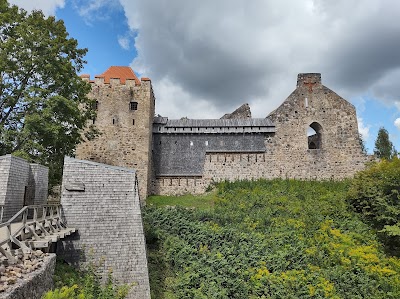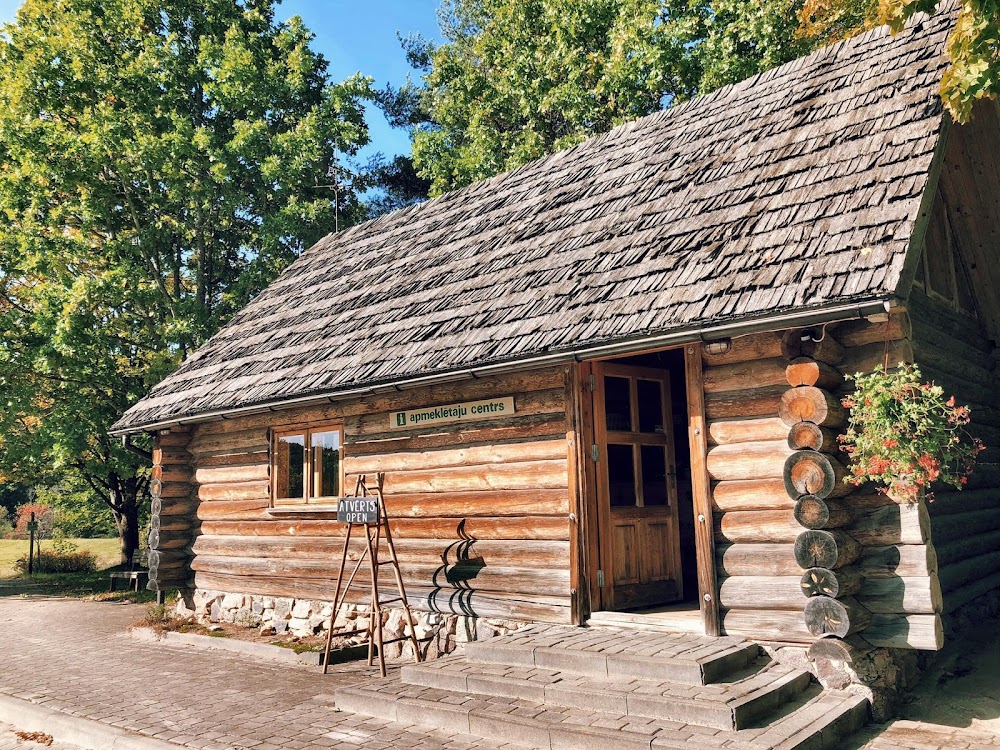Cēsis Medieval Castle (Cēsu viduslaiku pils)
Overview
Cēsis Castle: A Historical Gem in Latvia Nestled in the picturesque Pārgauja Municipality, Cēsis Castle is a remarkable historical site that showcases Latvia's rich medieval heritage. Established in the early 13th century by the Livonian Brothers of the Sword—a military order dedicated to spreading Christianity in the Baltic region—the castle was strategically built on a hilltop. This location not only provided natural defense advantages but also offered breathtaking views of the surrounding landscape. A Fortress Built to Last Construction of Cēsis Castle began in 1209, utilizing local limestone and dolomite, which were plentiful in the region. These robust materials formed the backbone of the initial structure, which featured basic fortifications. Over the years, the castle evolved into a more complex and formidable fortress, reflecting the increasing wealth and the turbulent times of medieval Latvia. Beyond its military importance, Cēsis Castle served as the administrative center for the Livonian Brothers’ territories. The expansive castle complex included living quarters, a chapel, and various outbuildings, all encircled by thick walls and defensive towers. The main courtyard was designed for military drills and gatherings, while subterranean dungeons provided secure storage and prison space. Architectural Evolution The castle underwent significant modifications and expansions, particularly during the 14th and 15th centuries when it reached its architectural zenith. New defensive technologies and the need for more living space led to the addition of walls, moats, and towers. One of the most notable features is the Bishop’s Tower, which not only offered panoramic views but also highlighted the ecclesiastical influence on the castle's operation. Despite its impressive defenses, Cēsis Castle experienced numerous sieges and battles, especially during the Livonian Wars in the 16th century. The castle withstood many assaults due to its strategic design and sturdy construction. However, it ultimately fell to Russian forces in 1577, marking the beginning of a gradual decline. Subsequent wars and political changes further contributed to its deterioration. From Glory to Ruin By the 18th century, Cēsis Castle had lost much of its former glory, transitioning from a military stronghold to a picturesque ruin. Local nobles and townspeople repurposed stones from the castle for their own construction projects, hastening its decay. Yet, the romantic remnants began to attract the attention of historians and tourists alike. In the 20th century, efforts to preserve and restore Cēsis Castle gained momentum. Archaeological excavations revealed significant artifacts, providing valuable insights into medieval life at the fortress. Restoration projects focused on stabilizing the remaining structures, allowing the site to function as a historical museum. Today, visitors can explore reconstructed sections, including stairways, rooms, and defensive towers, gaining a tangible sense of the castle's historical significance. Experience History Today Modern visitors to Cēsis Castle can immerse themselves in the past through reenactments and educational programs that bring medieval history to life. The castle grounds host vibrant festivals, concerts, and exhibitions, transforming it into a lively cultural venue. As you walk through the remnants of its thick walls and towering gates, you can almost hear the echoes of battles, religious ceremonies, and everyday life from centuries ago. Today, Cēsis Castle stands as a proud symbol of Latvia’s medieval heritage, seamlessly blending history, culture, and tourism. Its enduring walls narrate the story of a region shaped by warfare, faith, and resilience. A visit to Cēsis Castle invites you to step back in time and experience the legacy of one of Latvia’s most significant historical landmarks.









